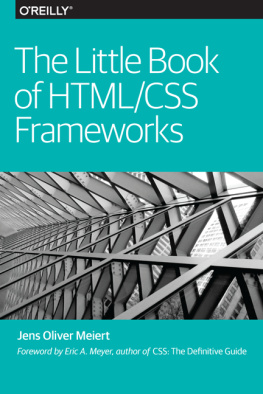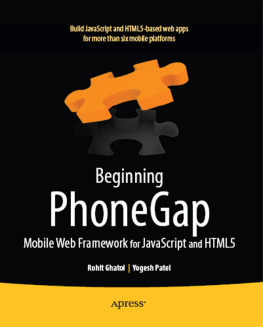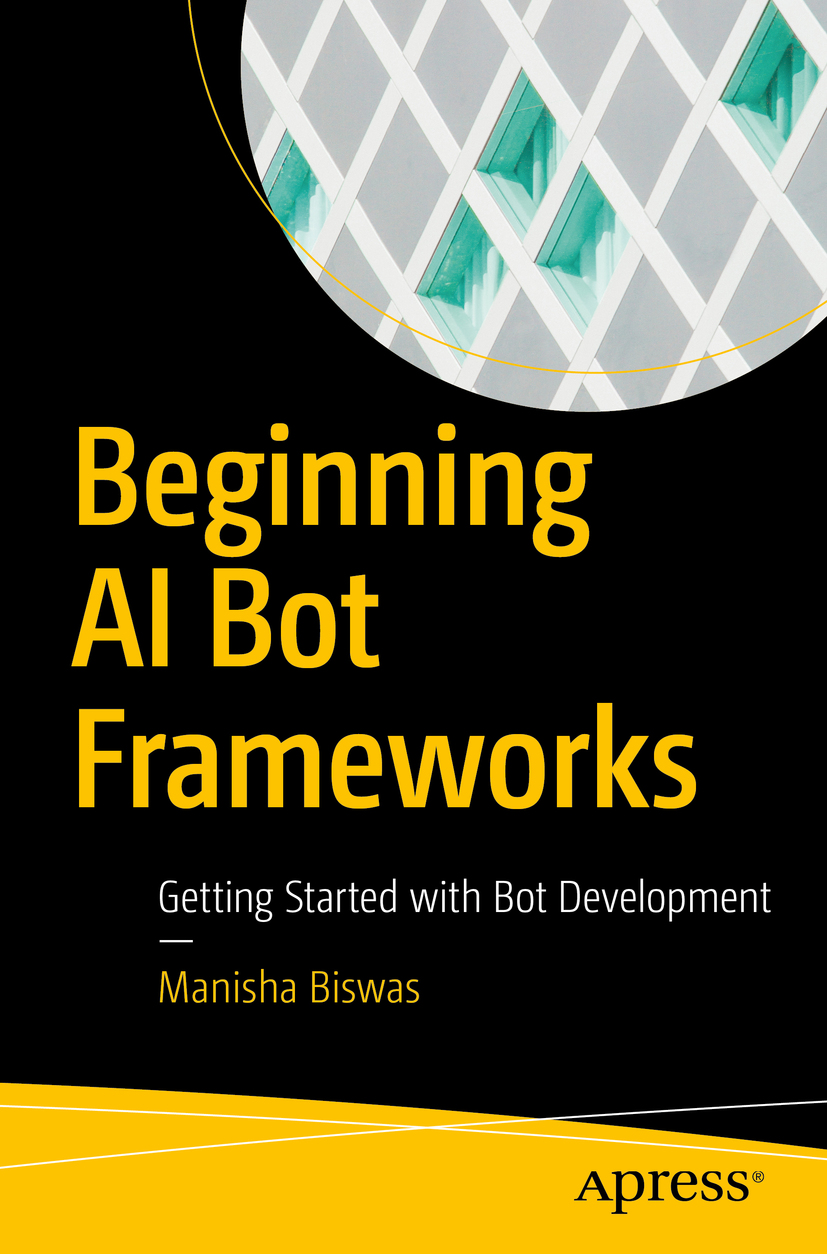Manisha Biswas - Beginning AI Bot Frameworks: Getting Started with Bot Development
Here you can read online Manisha Biswas - Beginning AI Bot Frameworks: Getting Started with Bot Development full text of the book (entire story) in english for free. Download pdf and epub, get meaning, cover and reviews about this ebook. year: 2018, publisher: Apress, genre: Home and family. Description of the work, (preface) as well as reviews are available. Best literature library LitArk.com created for fans of good reading and offers a wide selection of genres:
Romance novel
Science fiction
Adventure
Detective
Science
History
Home and family
Prose
Art
Politics
Computer
Non-fiction
Religion
Business
Children
Humor
Choose a favorite category and find really read worthwhile books. Enjoy immersion in the world of imagination, feel the emotions of the characters or learn something new for yourself, make an fascinating discovery.
- Book:Beginning AI Bot Frameworks: Getting Started with Bot Development
- Author:
- Publisher:Apress
- Genre:
- Year:2018
- Rating:3 / 5
- Favourites:Add to favourites
- Your mark:
Beginning AI Bot Frameworks: Getting Started with Bot Development: summary, description and annotation
We offer to read an annotation, description, summary or preface (depends on what the author of the book "Beginning AI Bot Frameworks: Getting Started with Bot Development" wrote himself). If you haven't found the necessary information about the book — write in the comments, we will try to find it.
Want to build your first AI bot but dont know where to start? This book provides a comprehensive look at all the major bot frameworks available. Youll learn the basics for each framework in one place and get a clear picture for which one is best for your needs.
Beginning AI Bot Frameworks starts with an overview of bot development and then looks at Google Wit.ai and APi.ai functions, IBM Watson, AWS bots with Lambda, FlockOS and TensorFlow. Additionally, it touches on Deep Learning and how bot frameworks can be extended to mixed reality with Hololens. By the end, youll have mastered the different bot frameworks available and finally have the confidence to develop intelligent AI Chatbots of their own.
What Youll Learn
Review key structural points for building bots
Understand the basic requirements for building a bot in each framework
Integrate some of the frameworks
Compare the features of each framework
Who This Book Is For
Computer Science students, engineers, developers and technology enthusiasts with some background in C#, node.js, and cloud platforms.
Manisha Biswas: author's other books
Who wrote Beginning AI Bot Frameworks: Getting Started with Bot Development? Find out the surname, the name of the author of the book and a list of all author's works by series.

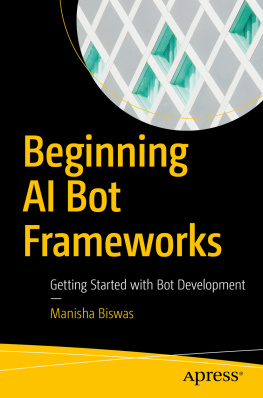
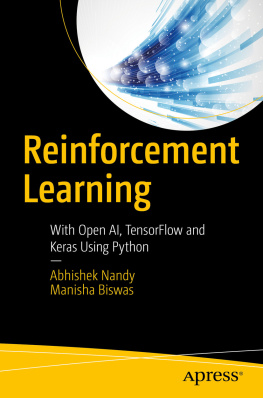
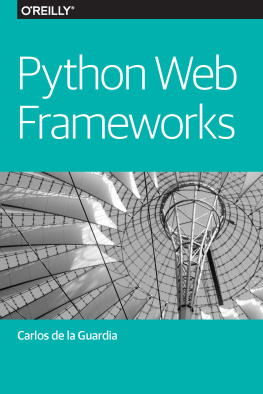
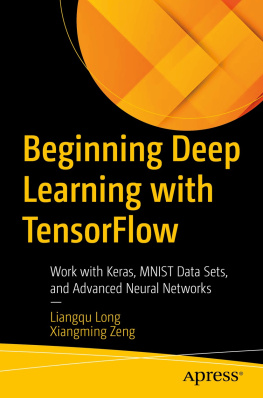
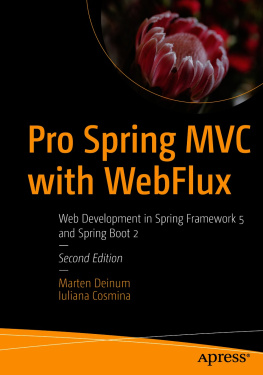
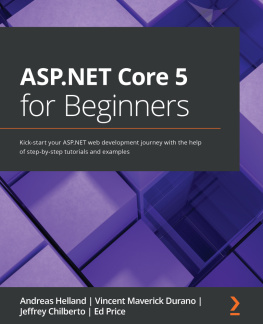
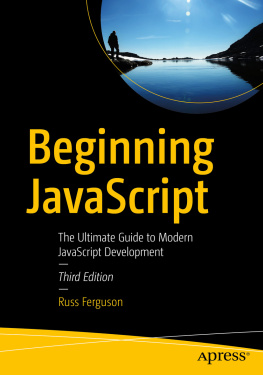
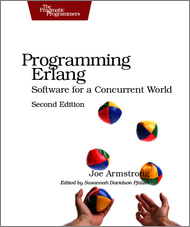
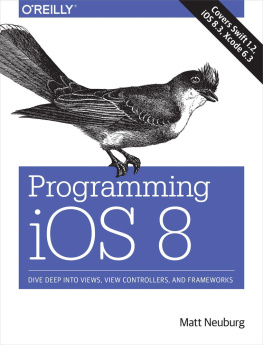

![Vishal Layka [Vishal Layka] - Learn Java for Web Development: Modern Java Web Development](/uploads/posts/book/119395/thumbs/vishal-layka-vishal-layka-learn-java-for-web.jpg)
